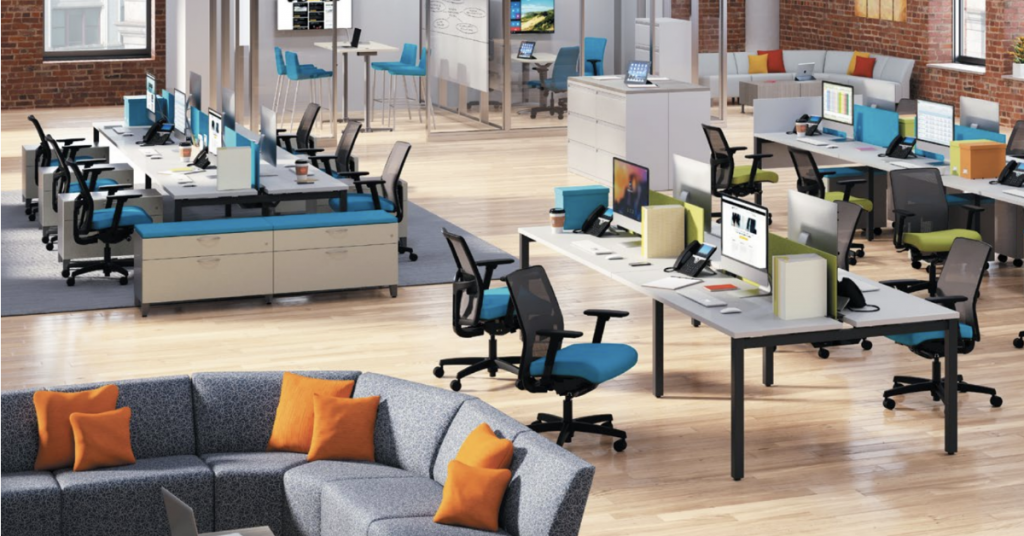Cutting the Cord? Unveiling Your IPTV Options

In today’s ever-expanding world of streaming services, IPTV (Internet Protocol Television) has emerged as a popular alternative to traditional cable and satellite subscriptions. Offering a vast library of live channels and on-demand content at potentially lower costs, IPTV is a tempting proposition for cord-cutters. But navigating the sea of IPTV choices and providers can be overwhelming. This article delves into the key considerations when choosing an IPTV service, helping you make an informed decision.
Understanding IPTV: A Balancing Act
IPTV delivers television programming directly through your internet connection, bypassing the need for cable boxes or satellite dishes. It functions similarly to streaming services like Netflix, but IPTV focuses on live TV channels alongside its on-demand library. However, unlike traditional providers, the legality of some IPTV services can be murky. While some operate with proper licensing agreements, others offer unauthorized access to copyrighted content. It’s crucial to research the legality of a service before subscribing.
Factors to Consider When Choosing an IPTV Service
Here are some key factors to weigh when selecting an IPTV provider:
Channel Selection
Do they offer the channels you crave? Sports fanatics might prioritize providers with extensive sports packages, while international viewers may seek services with channels from their home countries. Consider the variety and genre focus of the channel lineup.
Content Quality
Picture quality is paramount. Look for providers offering channels in HD or even 4K resolution for an exceptional viewing experience. Buffering and lag are detrimental to enjoyment, so investigate the provider’s server reliability and internet speed recommendations.
Device Compatibility
Ensure the IPTV service is compatible with your preferred devices. Popular options include smart TVs, streaming sticks like Fire TV, smartphones, and tablets. Some providers offer dedicated apps for seamless integration with specific devices, while others may require third-party applications or devices.
User Interface and Experience
A user-friendly interface enhances the overall viewing experience. Look for IPTV services with intuitive interfaces that make it easy to navigate through channels, access on-demand content, and customize settings. A cluttered or confusing interface can detract from the enjoyment of using the service.
Price and Subscription Options
Consider the cost of the IPTV service and whether it aligns with your budget. Look for transparent pricing structures with no hidden fees or long-term contracts. Some providers offer flexible subscription options, allowing you to choose between monthly, quarterly, or annual plans.
Additional Features
Beyond basic channel offerings, explore the additional features and functionalities provided by the IPTV service. This may include DVR capabilities for recording live TV, catch-up services for accessing previously aired content, and multi-device streaming for simultaneous viewing on multiple screens.
Legal Compliance
Ensure that the IPTV service operates within the bounds of legal regulations and licensing agreements. Using unauthorized IPTV services to access copyrighted content may result in legal consequences and jeopardize your online safety and security.
Making the Right Choice for You
When choosing an IPTV service, prioritize your viewing preferences, budget, and the overall viewing experience. Researching customer reviews and comparing features and pricing can help you make an informed decision. By selecting a reputable IPTV provider that meets your needs, you can enjoy the benefits of live TV streaming without the constraints of traditional cable or satellite subscriptions.…
Read More